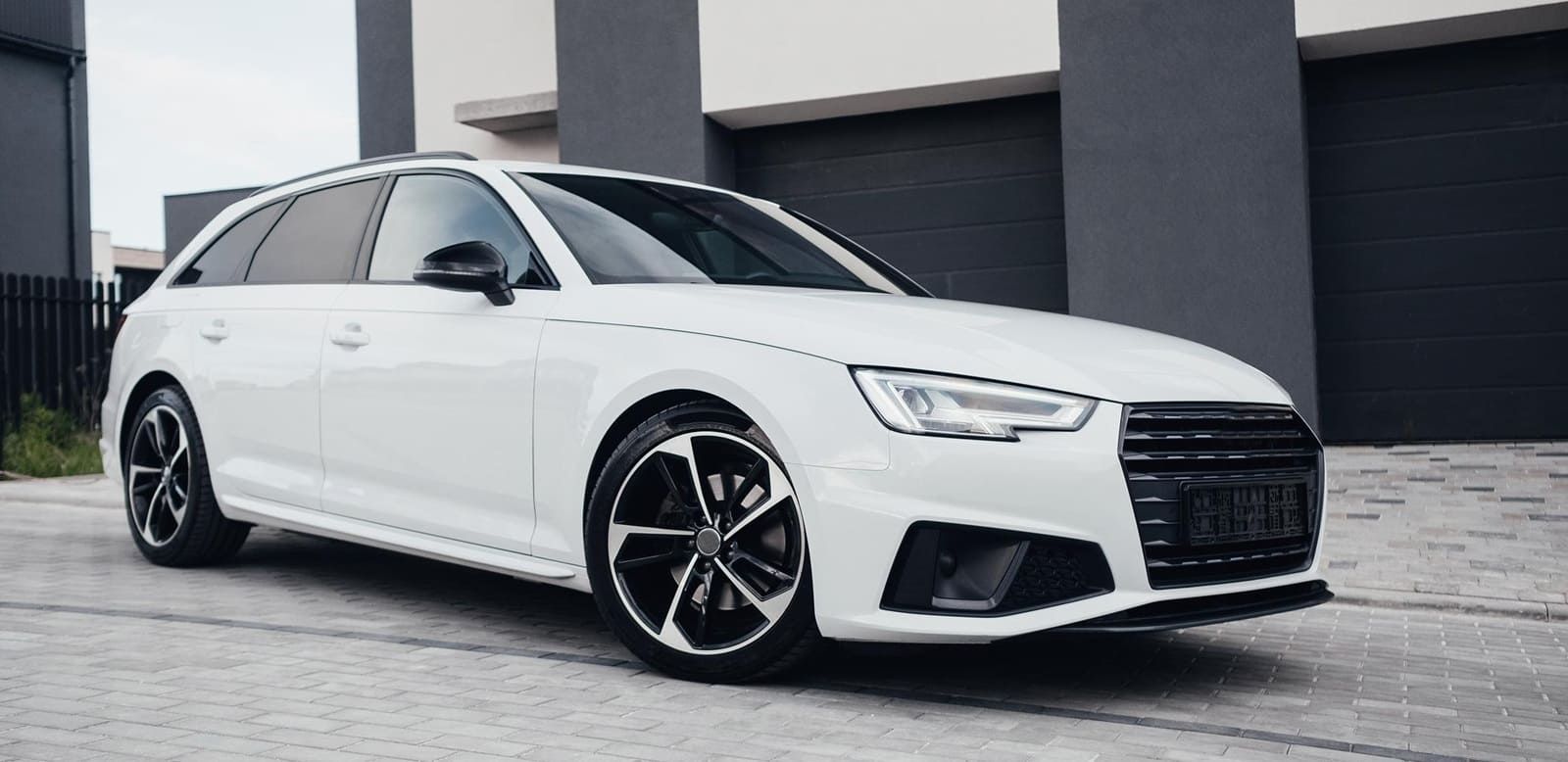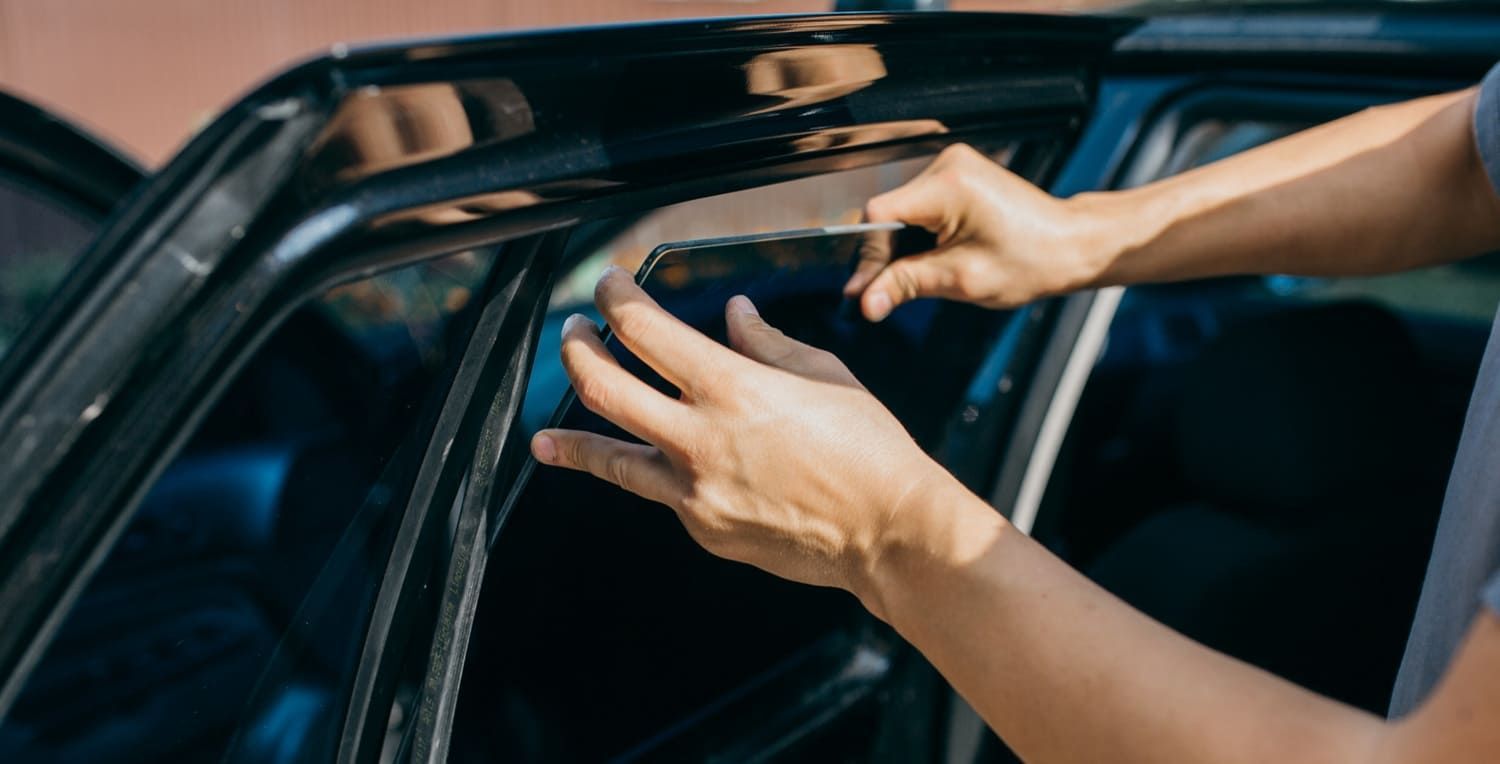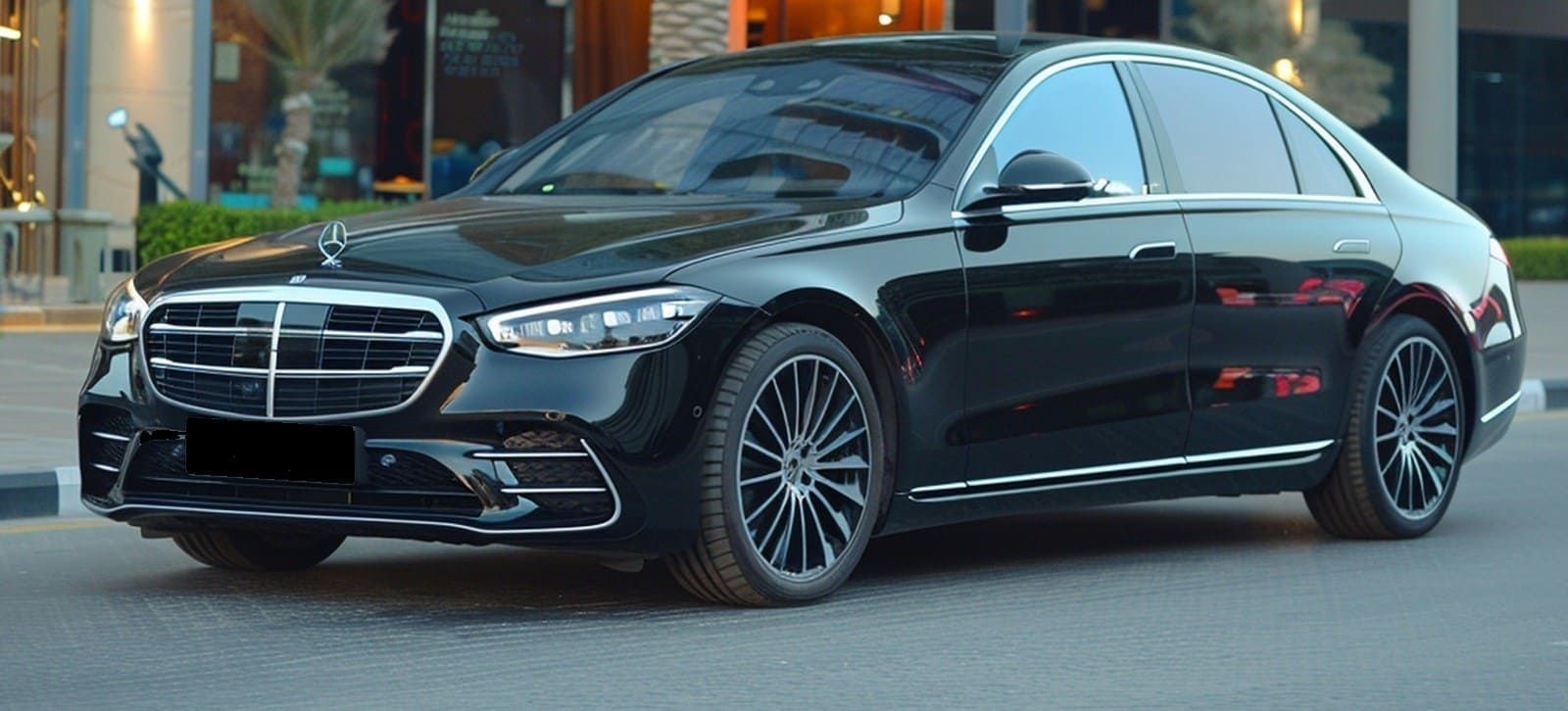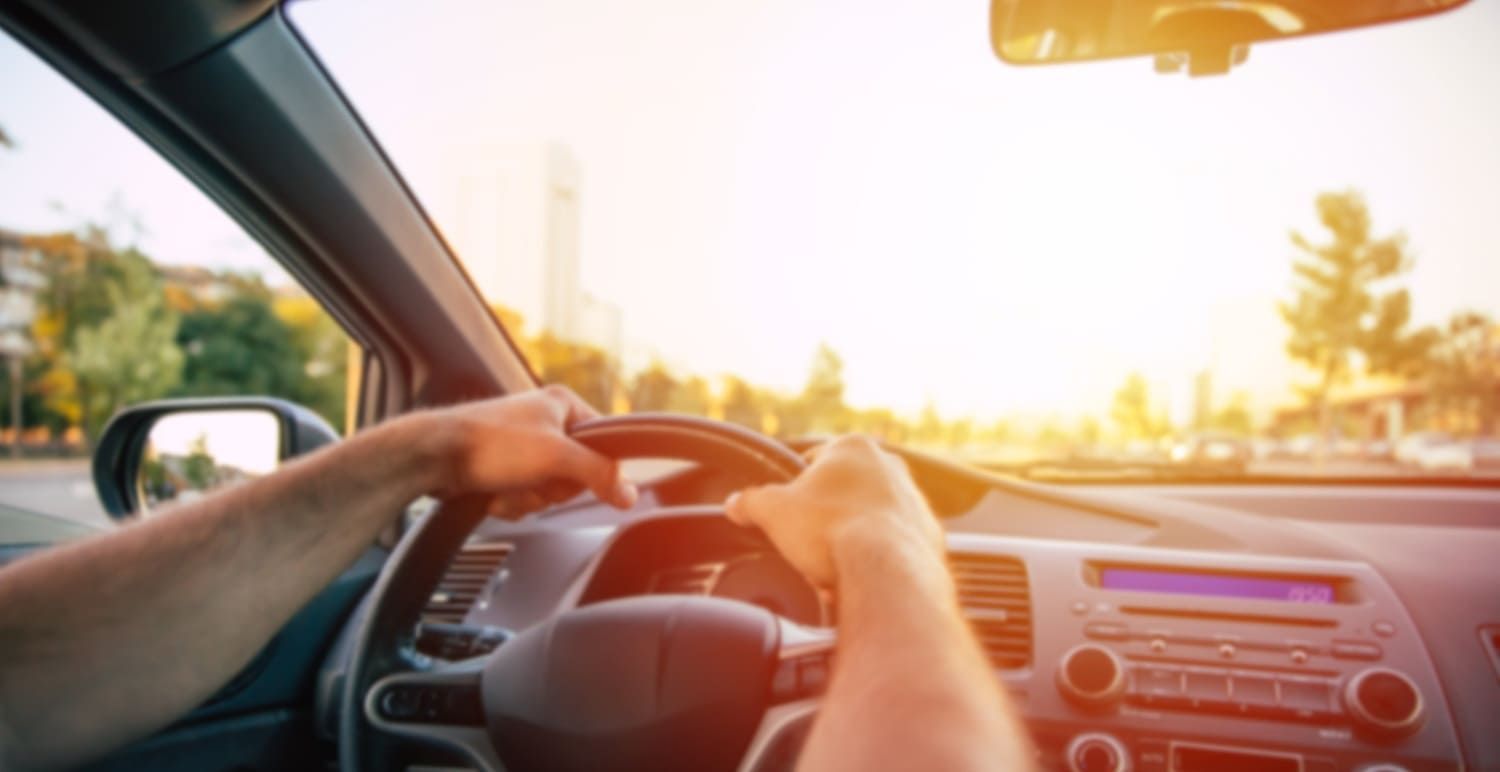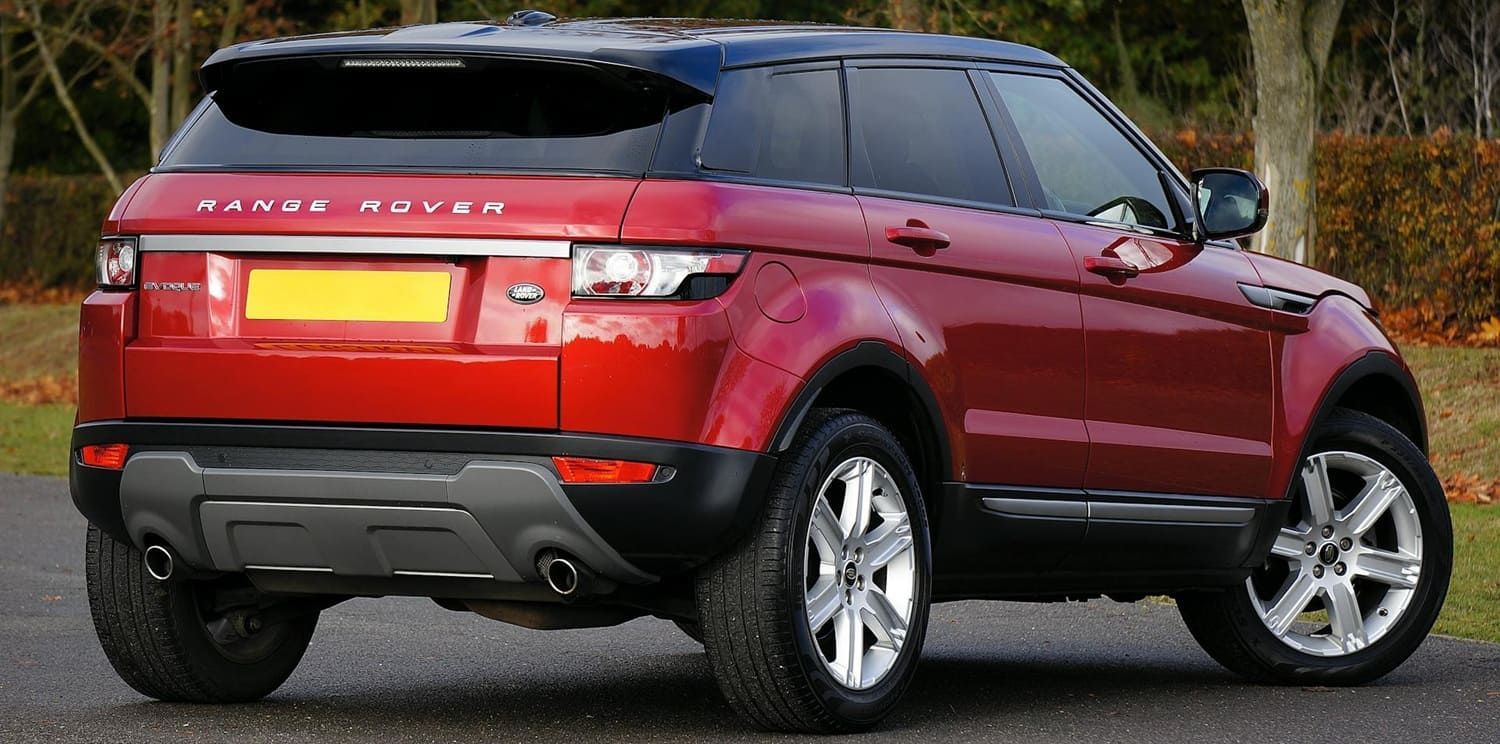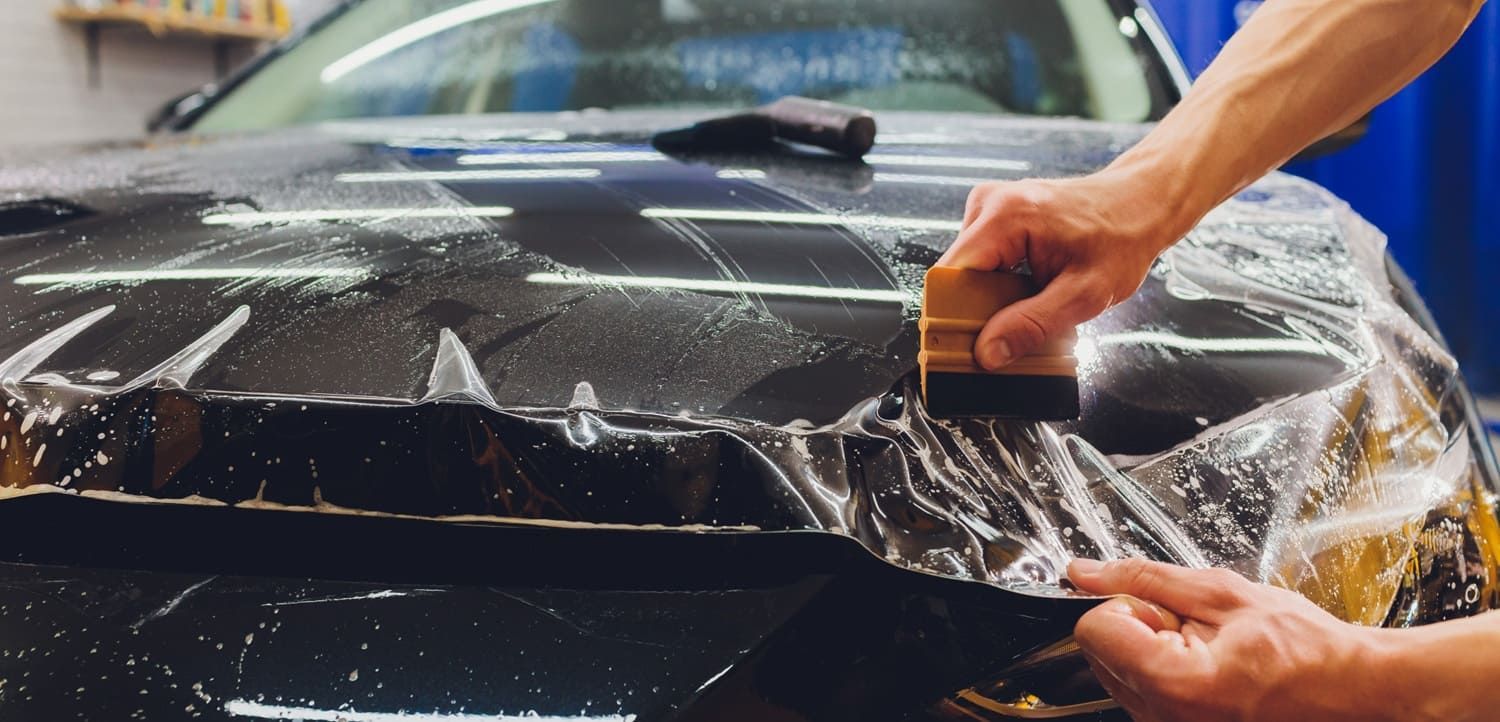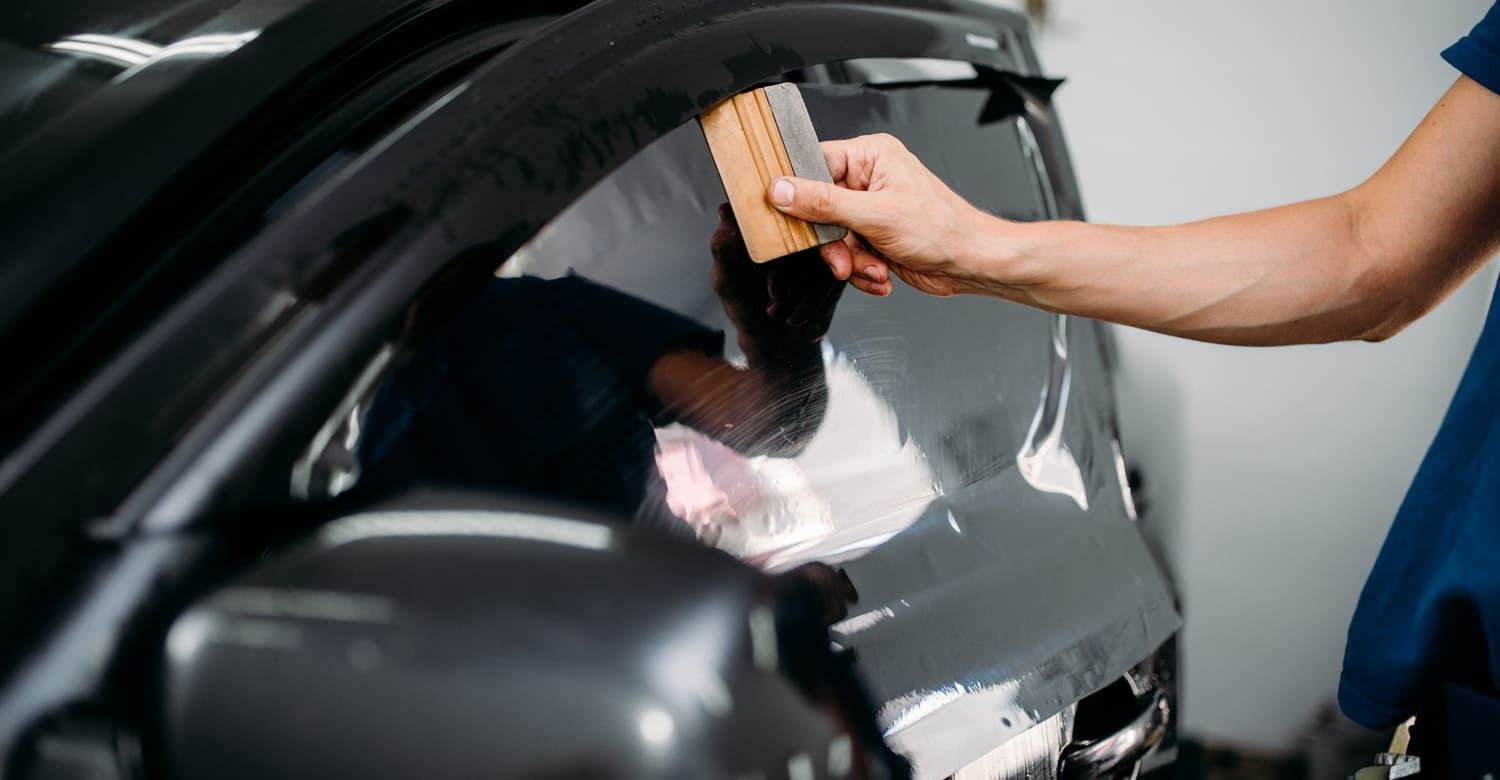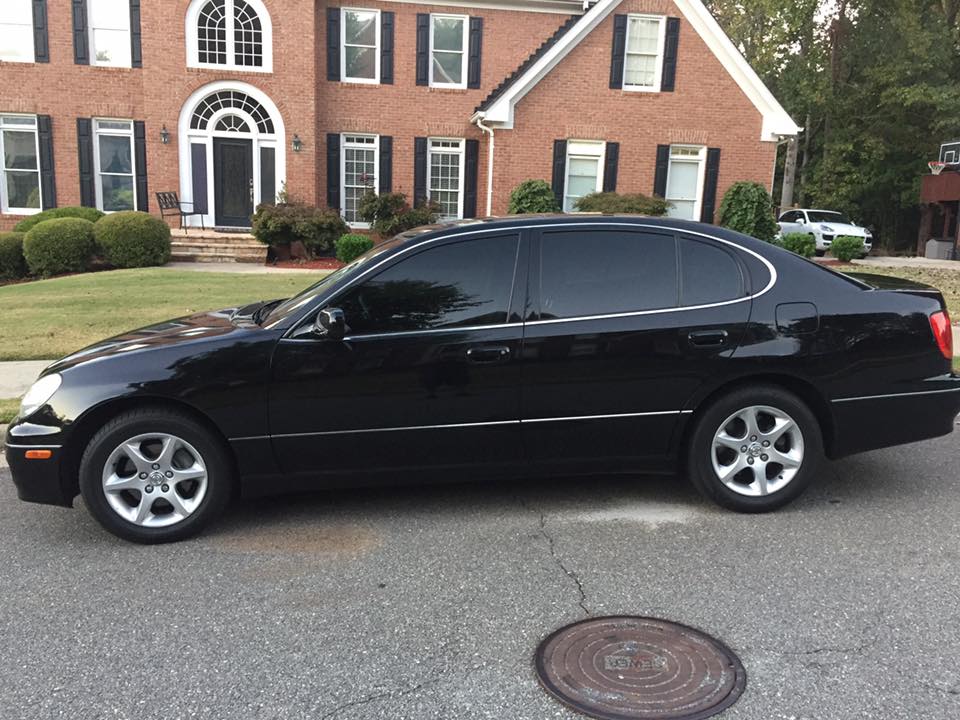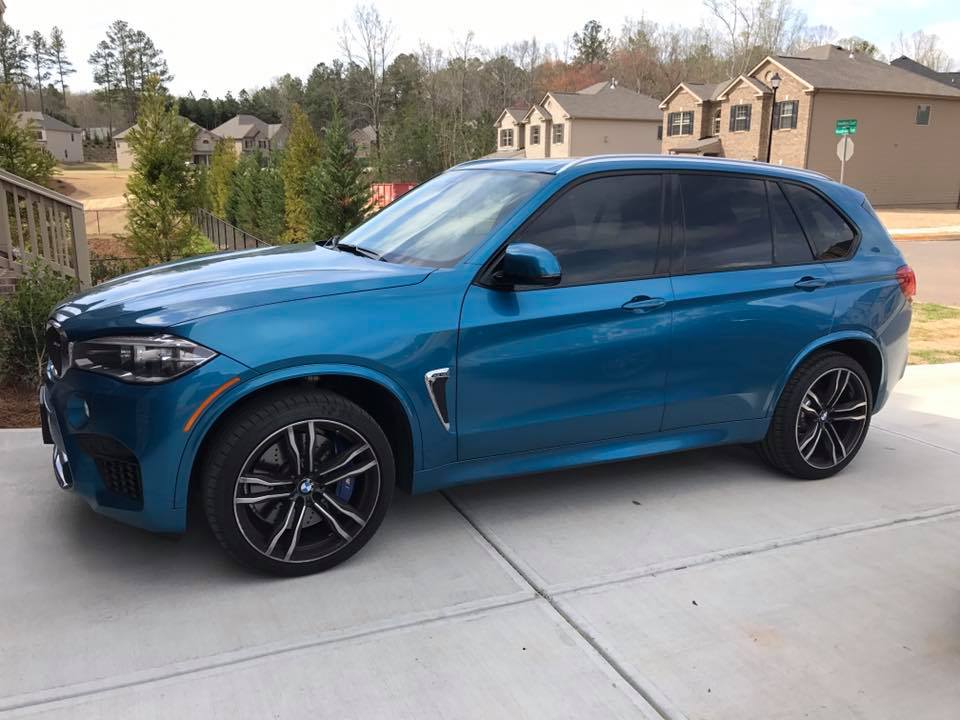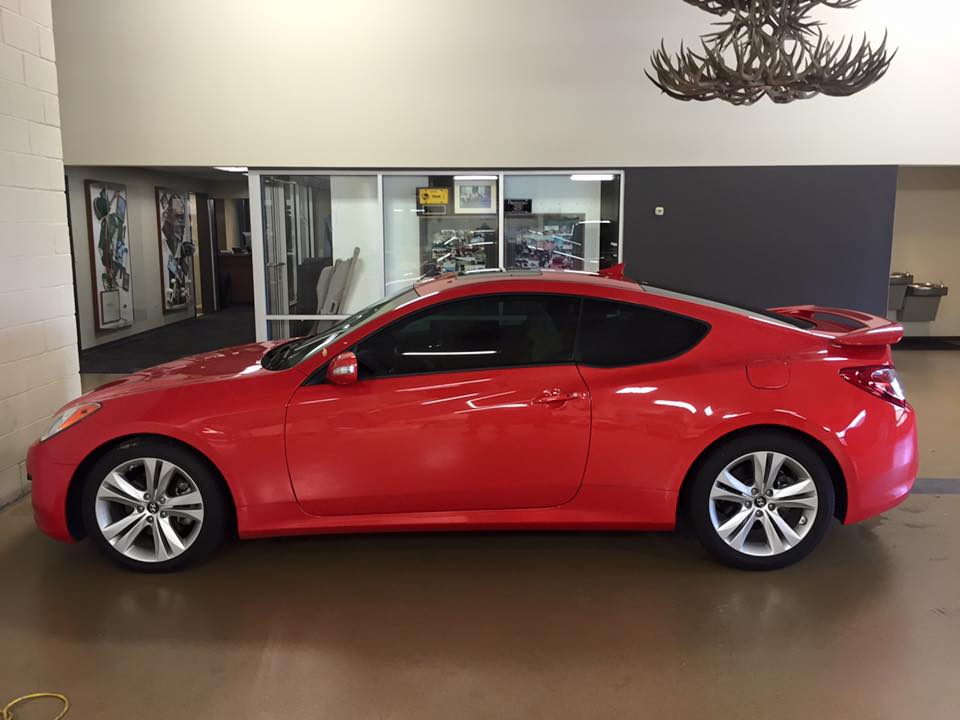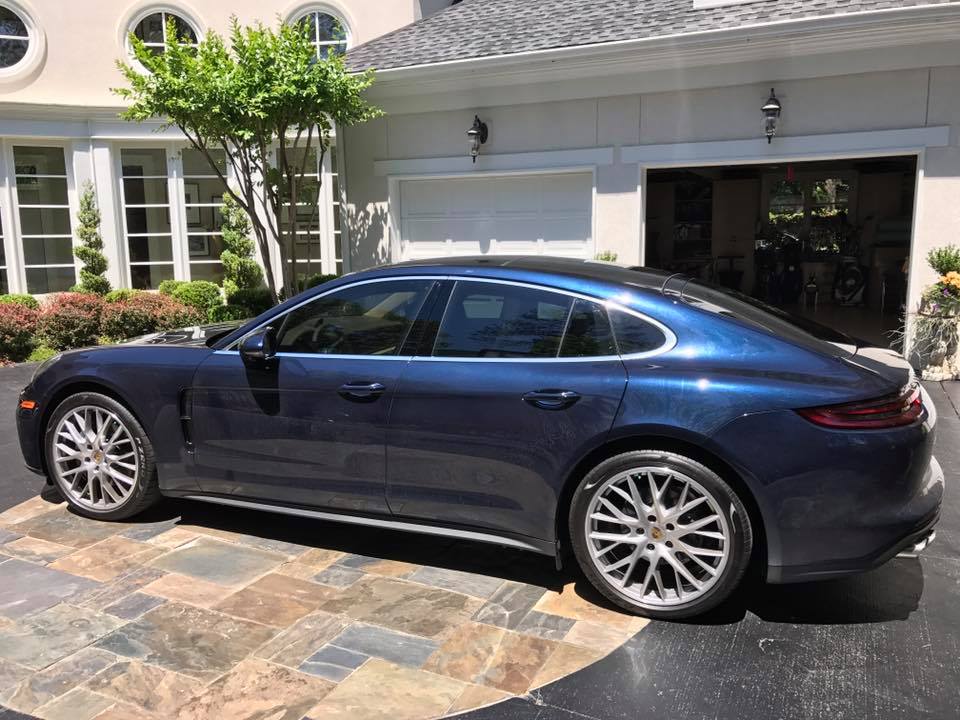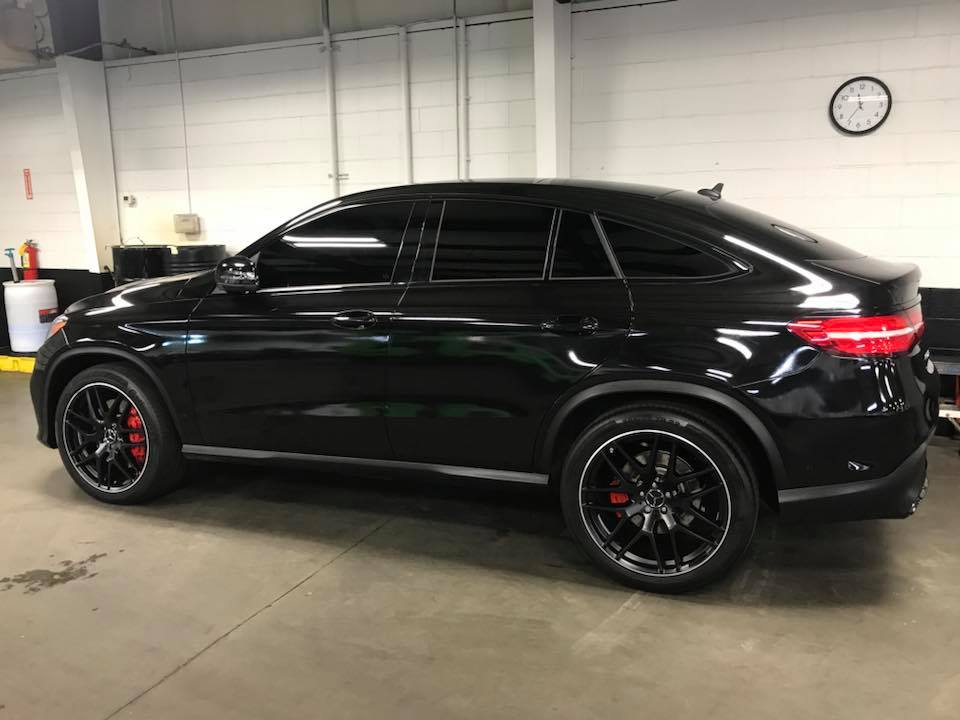Why Paint Protection Film Is Essential for Luxury Vehicles
In the luxury automotive market, maintaining a pristine appearance is as critical as performance. Luxury car owners demand solutions that enhance aesthetic appeal while providing dependable protection against daily hazards. Paint Protection Film (PPF) is a thermoplastic urethane film engineered to shield a vehicle’s paint from environmental damage, road debris, ultraviolet rays, and chemical stains. metropolitan tinting specializes in expert installation and high-quality products like KAVACA Paint Protection Film, helping owners safeguard their investments while preserving a glossy, factory-fresh finish.
This article explores the benefits of PPF—including environmental protection, scratch prevention, and resale value preservation—describes installation techniques, examines film longevity, evaluates cost factors, reviews popular brands, and outlines maintenance tips to support informed decisions regarding professional or DIY installation.
Transitioning from broad benefits to technical installation and upkeep, the following sections provide a comprehensive overview of PPF’s short-term and long-term advantages.

Understanding Paint Protection Film's Benefits for Luxury Cars
PPF acts as a shield for luxury car exteriors, absorbing impacts from road debris, acid rain, ultraviolet exposure, and bird droppings. By bonding directly to the paint, it helps prevent scratches, scuffs, and minor abrasions, thereby preserving the gloss and integrity of the original finish—critical for maintaining the vehicle’s investment value.
Shield Against Environmental Damage With Paint Protection Film
PPF’s advanced UV inhibitors and chemical-resistant polymers absorb harmful rays and neutralize corrosive agents like acid rain and road salts. This protection minimizes premature fading and corrosion, which helps keep luxury cars looking vibrant even in harsh climates. Its elastic properties also enable the film to absorb impacts from minor collisions and road debris on highways or in urban settings. With self-healing and hydrophobic features, the film repels water and pollutants, reducing cleaning frequency and maintenance costs.
Prevent Scratches and Scuffs on Expensive Car Surfaces
A luxury car’s exterior is its most prized asset. PPF acts as a cushion that diverts minor impacts away from the sensitive paint layers. Studies show that PPF-covered areas sustain fewer micro-abrasions, preserving the factory finish. Modern formulations include microcapsules that enable the film to self-heal shallow cuts from automated car washes or minor impacts, reducing swirl marks and visual imperfections while keeping the film nearly invisible.
Maintain Resale Value by Preserving the Car's Exterior Look
Maintaining a flawless paint job is essential for preserving a luxury car’s market value. PPF prevents scratches, chips, and fading, enabling vehicles to command higher resale prices. By effectively acting as an insurance policy against cosmetic damage, PPF helps avoid costly repainting or repair work that could detract from the car’s aesthetic appeal.
Explore Various Types of Paint Protection Films Available
PPF products vary to meet different needs and budgets. Standard films offer basic durability, while self-healing films—using thermoplastic polyurethane (TPU) technology—recover from minor scuffs when exposed to heat. Differences also exist in film thickness, adhesive quality, and clarity. Thicker films provide enhanced protection but may slightly alter appearance, whereas ultra-clear films remain virtually invisible while still delivering robust performance. Some films even include infrared reflection properties to reduce heat buildup in hot climates.
Compare Self-Healing and Standard Paint Protection Films
Self-healing films are increasingly popular due to their ability to repair minor abrasions quickly, ensuring a consistently flawless finish without the need for manual fixing. While standard films also provide protection, they may show cumulative imperfections and require more frequent maintenance. In the long run, the higher initial investment in self-healing films can prove more cost-effective through reduced upkeep and better resale value retention.
Assess Cost-Effectiveness of Installing Paint Protection Film
Although PPF installation requires a significant upfront investment, its long-term benefits—reduced maintenance, fewer costly paint repairs, and enhanced resale value—make it a smart financial decision. Detailed analyses indicate that the savings realized over a 5- to 10-year period can outweigh installation costs. High-quality installations by professionals, such as those provided by Metropolitan Tinting, ensure optimal adhesion and longevity, further justifying the expense with warranties that often extend beyond five years.
Analyzing Installation Techniques for Paint Protection Film
The performance and durability of PPF depend greatly on proper installation. Both professional and DIY installations are available, with distinct advantages for each. Professional installation offers precision and a flawless, bubble-free finish, while a DIY approach may reduce initial costs if the installer has the necessary expertise.
Choose Professional vs. DIY Installation Options Wisely
Professional installers use advanced tools like heat guns, squeegees, and precise cutting devices to apply PPF flawlessly along every curve and edge, reducing the risk of issues like orange peel texture or misaligned seams. Although DIY kits with detailed instructions are available, they require patience and a dust-free environment, as slight misalignments can lead to early film failure. Many owners ultimately prefer professional installation to ensure superior aesthetics and extended film durability.
Gather Necessary Tools and Materials for DIY Installation
For the DIY-minded, proper preparation is crucial. Essential tools include high-quality squeegees, automotive cutting blades, heat guns, microfiber cloths, and specially formulated cleaning agents. Following detailed instructional guides and allowing ample time for the process are key to achieving a professional-grade finish.
Follow Step-by-Step Instructions for Effective Application
A typical installation process begins with thorough cleaning of the vehicle’s surface to remove contaminants that might interfere with adhesion. Next, precise measurements and cuts are made to match the shape of each panel. The film is carefully aligned and then stretched with a heat gun to conform to complex curves. Squeegeeing removes trapped air and liquid, and excess film is trimmed to reveal a smooth, well-adhered finish.
Recognize Common Installation Mistakes to Avoid
Installation errors such as trapped air bubbles, misaligned edges, and overlapping seams can compromise the film’s effectiveness. Insufficient cleaning or applying the film in improper environmental conditions (e.g., high humidity or extreme temperatures) can also lead to premature failure. Recognizing and addressing these issues early, whether during professional or DIY installation, ensures lasting protection.
Learn Maintenance Tips to Prolong Paint Protection Film Life
Proper installation is just the first step; maintaining the film is equally important. Regular cleaning with pH-neutral, non-abrasive cleaners, and using microfiber cloths, helps remove road grime, bird droppings, and chemical residues. Many manufacturers also recommend periodic application of a protective sealant to extend the film’s lifespan. Routine inspections for signs of wear can prompt early repairs, preserving the film’s effectiveness and appearance.
Evaluate When to Seek Professional Help for Reapplication
Even the best PPF will eventually show signs of wear, such as bubbling or peeling, especially under harsh driving conditions. When visible damage occurs, consulting a professional for localized repairs or complete reapplication is advised. Professional reapplication can restore the film’s protective qualities and ensure that the car remains safeguarded against further damage.
Exploring the Longevity of Paint Protection Film Coatings
The lifespan of PPF is a key consideration, influencing long-term maintenance and investment costs. When properly installed and maintained, high-quality PPF can last several years, often five to seven, before replacement is necessary.
Determine Typical Lifespan Based on Application Quality
Film longevity depends on the quality of installation, environmental exposure, and maintenance routines. Self-healing films generally provide longer life due to their ability to recover from minor abrasions automatically, while any installation errors can shorten the lifespan. Consistent performance evaluations often show that professional installations yield superior durability compared to DIY applications.
Understand Factors Affecting Film Durability and Performance
Key factors impacting film durability include exposure to extreme weather, high UV radiation, road salt, and aggressive cleaning methods. The quality of the adhesive and the type of film also play critical roles. Owners must consider these factors when setting expectations for the film’s lifespan, and regular maintenance helps to prolong its protective benefits.
Compare Warranties Among Different Film Manufacturers
Warranties serve as an indicator of a product’s durability and manufacturer confidence. Premium brands typically offer warranties of five to seven years, covering issues like discoloration, bubbling, or peeling. Comparing warranty terms can help buyers select products that provide the best long-term protection and value for luxury vehicles.
Discover How Climate Impacts Film Longevity
Local climate plays a significant role in the film’s durability. Intense sunlight, high temperatures, and regions with heavy acid rain or pollution may accelerate degradation. In contrast, moderate climates can help the film last longer. Owners should consult with experienced installers to choose films with appropriate UV inhibitors and resistance properties suited to their environment.
Identify Signs That Indicate Film Wear and Tear
Early signs of film deterioration include bubbling, yellowing, peeling at the edges, and diminished gloss. Regular inspections, especially during routine washes, allow owners to detect wear early and schedule repairs or replacement to maintain optimal protection.
Get Advice on When to Replace Aging Paint Protection Film
Replacement should be considered when the film’s protective qualities begin to decline significantly. Professional advice can determine whether localized repairs are sufficient or if complete reapplication is necessary. Upgrading to newer film technologies can also restore full protective performance and maintain the car’s aesthetic standards.
Table: Comparison of PPF Warranties and Lifespan
Before the table, consider that comparing warranties and lifespan specifications aids in selecting the best product.
| Manufacturer | Warranty Period | Expected Lifespan | Key Features | Price Tier |
|---|---|---|---|---|
| KAVACA | 12 years (limited) | 5-12 years | Instant self-healing, high gloss finish, hydrophobic, UV resistant | Premium |
| XPEL | 10 years | 10–12 years | Self-healing, advanced UV protection, ceramic coating | Premium |
| LLumar | 7 years | 7–8 years | Excellent clarity, UV and stain resistance | Premium |
| SunTek | 7 years | 6–7 years | Hydrophobic topcoat, chemical resistance | Mid-range |
| 3M | 8 years | 8 years | Easy-maintenance, anti-yellowing, clear finish | Premium |
After reviewing the table, it is clear that premium brands generally offer longer warranties and lifespans, while mid-range and budget options may suffice for less demanding usage.
Discover How Climate Impacts Film Longevity (Repeated for Emphasis)
Regular evaluations based on local climate and driving habits help owners decide when to replace or reapply PPF for continued optimal protection.
Evaluating the Cost of Paint Protection Film Installation
Cost is a pivotal factor. Although the upfront expense of PPF can be substantial, long-term savings from reduced maintenance and preserved resale value often justify the investment.
Breakdown of Costs for Different Film Types and Qualities
Installation costs vary with film quality. Premium self-healing films cost more per square foot than standard films, but their durability and advanced properties may offer greater long-term benefits. Evaluating cost per square foot in relation to extended protection and enhanced vehicle value is critical.
Assess Installation Labor Costs for Professional Services
Professional installation labor adds to the total cost, with charges influenced by geographic location and vehicle complexity. In many cases, spending more upfront on professional installation results in fewer future expenses and a higher-quality finish.
Explore Budget-Friendly Options Without Compromising Quality
Even luxury vehicles can benefit from mid-range PPF options that balance performance and cost. Some budget-friendly films, including DIY kits, help reduce installation costs while still offering commendable protection when applied correctly.
Consider Potential Savings From Long-Term Protection
Long-term savings include avoiding repainting, detailing, and repair expenses. Studies indicate that vehicles with PPF maintain higher resale values—often 10–15% greater—making the initial investment financially sound over time.
Investigate Available Financing Options for Luxury Car Owners
Many providers, including Metropolitan Tinting, offer financing plans that spread the cost of PPF installation, making high-quality film more accessible without compromising other budget priorities.
Analyze Return on Investment for Paint Protection Film
Ultimately, PPF is comparable to an insurance policy for a vehicle's exterior. The reduced repair costs, preservation of aesthetic appeal, and improved resale value contribute to a strong return on investment over a typical lifespan of five to seven years.
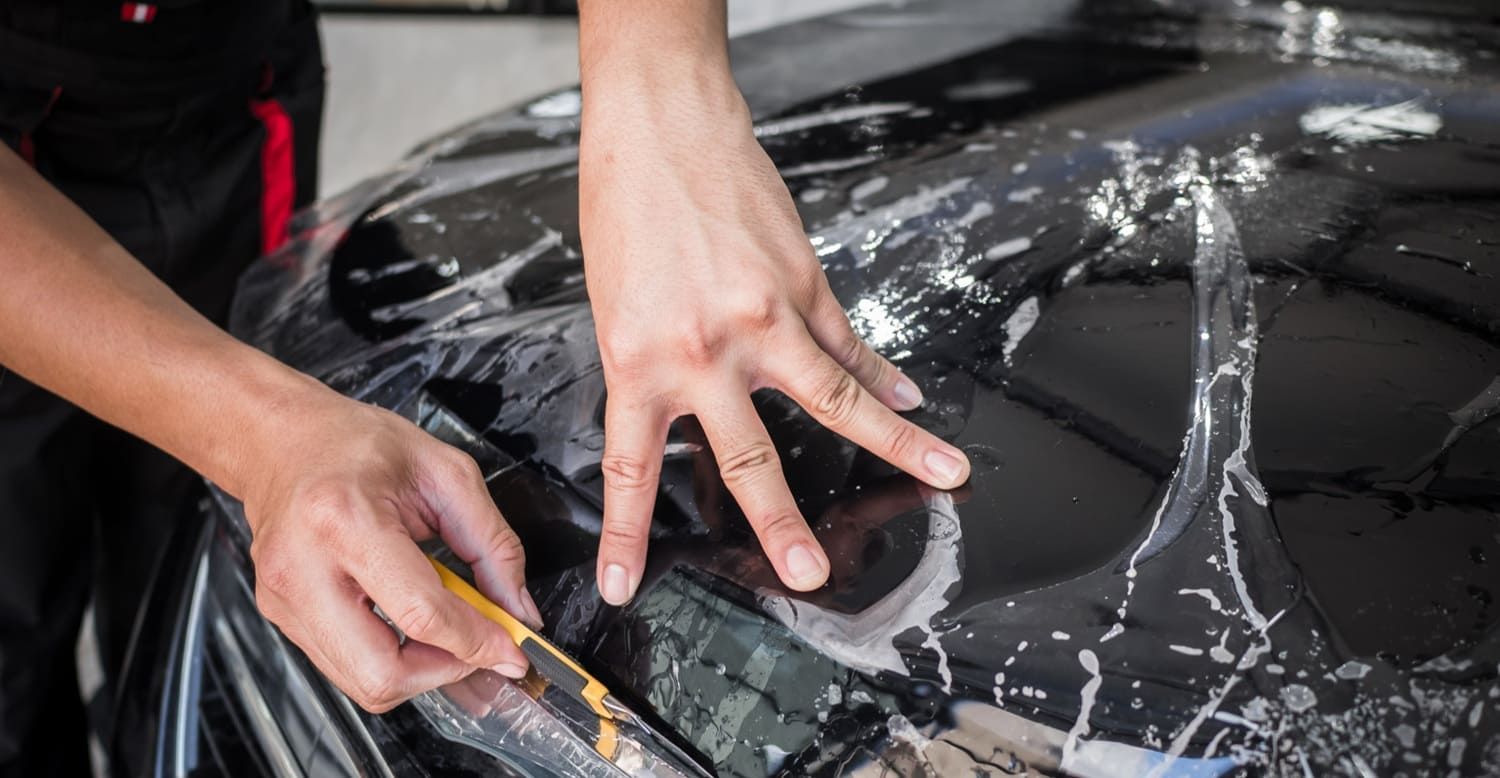
Identifying Popular Brands of Paint Protection Film
The PPF market features several industry-leading brands. Selecting the right one is essential for ensuring high protection, longevity, and cost-effectiveness.
Review Industry-Leading Brands for Luxury Vehicle Protection
Brands such as XPEL, 3M, and SunTek have established reputations for superior performance. XPEL is renowned for its self-healing capabilities and durability, while 3M is known for advanced adhesive technology and clarity. SunTek often serves those seeking a balance between cost and quality.
Compare Features and Benefits of Top Paint Protection Films
Key features to compare include self-healing properties, UV resistance, chemical durability, and ease of maintenance. Customer reviews and independent tests typically reveal that premium brands deliver long-lasting protection and maintain the car’s aesthetics over time.
Check Customer Reviews and Experiences With Each Brand
Real-world testimonials from automotive forums and review sites highlight the reliability and performance of top PPF brands. These insights help luxury car owners make informed choices based on installation experiences, film longevity, and overall appearance.
Consider Availability and Installation Network for Brands
A robust network of certified installers ensures consistent, high-quality application. Metropolitan Tinting, for instance, collaborates with several premium brands, facilitating accessible and reliable installation services nationwide.
Research Innovations in Paint Protection Film Technology
The field is evolving with innovations such as dual-layer self-healing films and enhanced adhesive formulations. Staying updated with these trends enables owners to choose films that offer future-proof protection against evolving environmental challenges.
Stay Updated on Trends and New Entrants in the Market
Continuously monitoring automotive trade shows, online forums, and industry publications lets owners discover emerging products that may soon redefine industry standards. This ongoing research ensures that investment in PPF remains aligned with the latest technological advancements.
Understanding the Maintenance of Paint Protection Film
Regular upkeep is essential to preserve the protective and aesthetic qualities of PPF over time. A proactive maintenance routine helps extend the life of the film and protect the car’s finish.
Create a Regular Cleaning Routine for Protected Surfaces
Owners should clean their vehicles at least once every two weeks. Using a gentle, non-abrasive cleaning agent and a microfiber cloth, it is important to remove road grime, bird droppings, and chemical residues to prevent film degradation.
Use Products Specifically Designed for Paint Protection Care
Automotive experts recommend using pH-neutral cleansers and specially formulated sealants that are free from harsh chemicals. These products maintain the film’s integrity and hydrophobic properties, ensuring continued protection.
Avoid Harsh Chemicals That Can Harm the Film
Avoid solvents or abrasive tools that may strip protective layers or weaken the adhesive bond. Selecting mild detergents and soft materials helps prevent premature deterioration of the film.
Get Tips on Restoring Clarity to Scratched Surfaces
Although many modern films are self-healing, some scratches may require professional detailing for restoration. Gentle polishing techniques can help rejuvenate the film’s appearance without aggressive buffing.
Know When to Schedule Professional Maintenance Services
Regular inspections by certified installers—recommended every 12 to 18 months—can identify issues like adhesive breakdown or micro-abrasions early. Professional maintenance services, including reapplication of sealants, help extend the film’s lifespan and preserve the vehicle’s overall appearance.
Evaluate the Impact of Seasonal Changes on Film Upkeep
Seasonal factors, such as intense summer heat or winter road salts, can affect film performance. Adjusting cleaning and maintenance routines to suit seasonal variations is crucial to keep the film in optimal condition year-round.
Frequently Asked Questions
How does Paint Protection Film improve the longevity of a luxury car’s paint?
PPF acts as a durable barrier, deflecting impacts, UV rays, and chemical contaminants. This protection reduces scratches, fading, and corrosion, preserving the integrity of the original paint and maintaining a high resale value.
What are the benefits of self-healing PPF compared to standard film?
Self-healing PPF recovers from minor scratches with heat exposure, ensuring a consistently pristine finish with less maintenance. Standard films, while protective, often require more regular upkeep and may show cumulative wear.
Which installation method is recommended for optimal performance of PPF?
Professional installation is recommended, as expert technicians ensure seamless adhesion without air bubbles or misalignments. DIY installation is feasible but requires precise tools and a controlled environment to avoid common errors.
How often should a luxury car with PPF be cleaned to maintain its protective properties?
It is advisable to clean a luxury car with PPF at least every two weeks using pH-neutral, non-abrasive cleaners to remove contaminants that could degrade the film over time.
What factors influence the overall lifespan of Paint Protection Film?
Lifespan depends on film quality, installation method, environmental conditions, and maintenance practices. Regular upkeep and professional application typically extend the film’s life to between five and seven years.
Are there financing options available for installing high-quality PPF on luxury vehicles?
Yes, many service providers, including Metropolitan Tinting, offer flexible financing options that allow owners to spread the cost of installation, making premium PPF more accessible.
Final Thoughts
Metropolitan Tinting's expertise in Paint Protection Film offers luxury car owners a superior solution for preserving vehicle aesthetics and value. As the Best KAVACA clear bra PPF installers serving Alpharetta, GA, we specialize in protecting against environmental hazards and daily wear, ensuring that your premium paint retains its showroom gloss. By understanding the benefits, installation techniques, and proper maintenance practices, owners can optimize performance and longevity—making PPF a worthwhile investment for sustaining the elegance and market value of luxury vehicles.
Contact Metropolitan Tinting today for a free estimate and experience the ultimate in vehicle protection.




